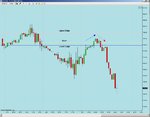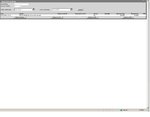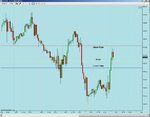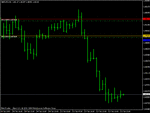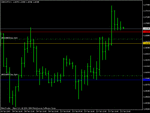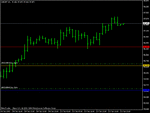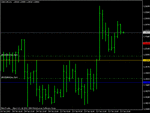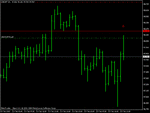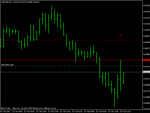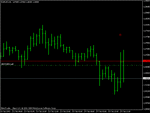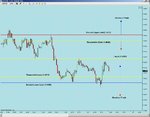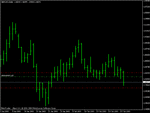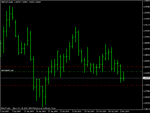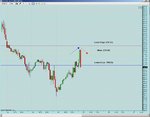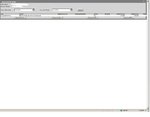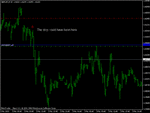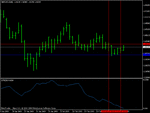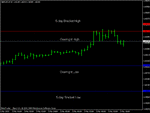With regard to the setup last night, price rotated completely through Balance Area 2, and then closed on the H4 above it.
Using the rule that once an area has been "rejected" within a session, any subsequent pullback is likely to stall either at the edge or the mean, TPs were adjusted to the mean of Balance Area 2.
Upon being filled with a Lower Edge order, price did retrace to the mean (to the exact pip!) @ 1.4235, giving a profit of 93 pips on that trade.
The other limit order has been filled since, and is currently about 35 pips down. Price eventually found resistance near the Upper Edge of Balance Area 1.
Meanwhile, I see there being just the one balance area for the start of next week:
Upper Edge: 1.4374
Mean: 1.4274
Lower Edge: 1.4246
Using the rule that once an area has been "rejected" within a session, any subsequent pullback is likely to stall either at the edge or the mean, TPs were adjusted to the mean of Balance Area 2.
Upon being filled with a Lower Edge order, price did retrace to the mean (to the exact pip!) @ 1.4235, giving a profit of 93 pips on that trade.
The other limit order has been filled since, and is currently about 35 pips down. Price eventually found resistance near the Upper Edge of Balance Area 1.
Meanwhile, I see there being just the one balance area for the start of next week:
Upper Edge: 1.4374
Mean: 1.4274
Lower Edge: 1.4246

